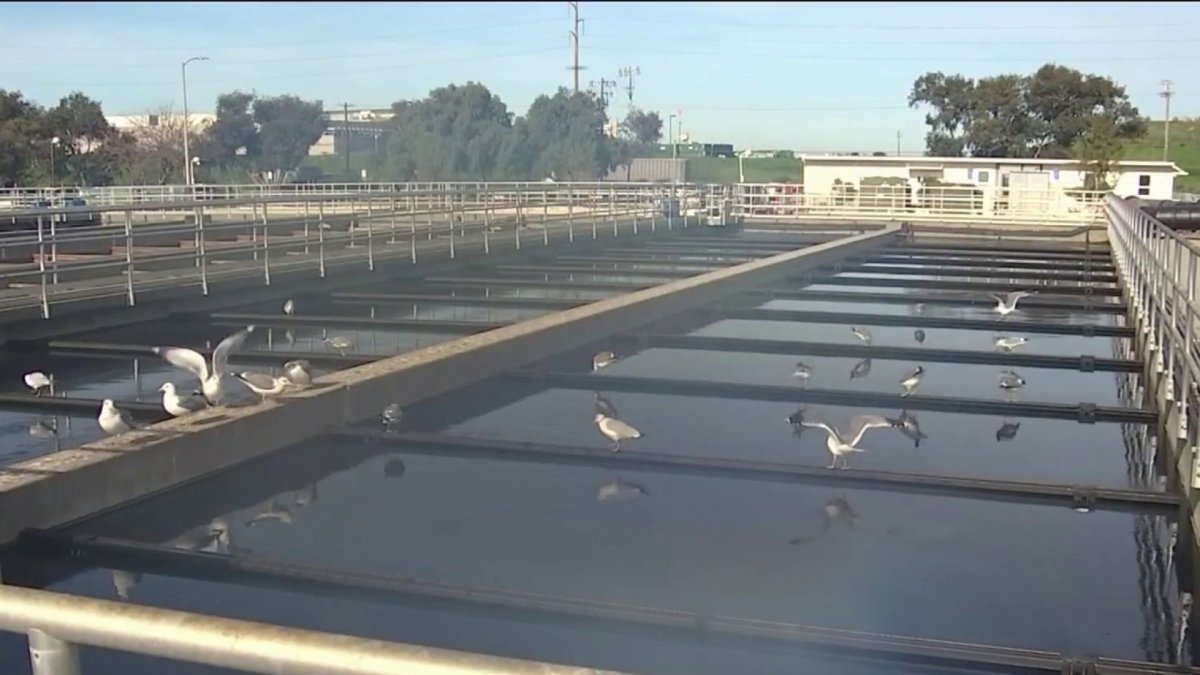
Predicting the future through sewage. That is how scientists have been doing for almost two years now to gauge the trajectory of the coronavirus. Damian Trujillo reports.
Predicting the future through sewage. That is how scientists have been doing for almost two years now to gauge the trajectory of the coronavirus.
Wastewater has been used for decades to detect diseases and scientists say it’s become a critical tool in helping shape public health guidelines.
Amit Mutsuddy runs the operation at the San Jose-Santa Clara Regional Wastewater Facility, which is the largest of its kind in western United States.
The plant cleans up wastewater before it’s sent to the Bay, a process that takes just a couple of hours.
Get a weekly recap of the latest San Francisco Bay Area housing news. Sign up for NBC Bay Area’s Housing Deconstructed newsletter.
But within the murky debris, scientists have found a key to the future.
Mutsuddy took NBC Bay Area's Damian Trujillo to an underground area where his scientists retrieve a daily sample of the sewage.
All it takes is a turn of the valve.
“It comes out of the primary process. When it settles to sludge, and the bottom sludge, this is where we collect, where we’re likely to find the remnants of the COVID virus more,” Mutsuddy said.
The samples are collected at midnight in 1-liter jugs that are kept refrigerated.
And everyday, the on-site lab sends 250 milliliters, about 1 cup, to another lab at Stanford for analysis.
So public health leaders can see if the virus is peeking or subsiding, and if a new COVID-19 variant has arrived.
“Wastewater epidemiology has been a program in the past for like the polio. But not at this scale. I think this is by far the largest and unprecedented scale,” said lab supervisor Dr. Payal Sarkar.
The results give public health about a 10-day heads up before clinical cases arrive on the streets.
Michael Balliet, Deputy Director with the Santa Clara County Public Health Department studied the latest results in the county.
The recent report showed lower COVID levels in Palo Alto and Gilroy. While San Jose remains steady with no spikes.
“A continued flat or downward trend and we remain cautiously optimistic that our clinical cases will also start to see that trend,” said Balliet.
Sunnyvale spiked a bit in one test, but public health says there is always some variability in the data, and a look at trends over time gives a clearer picture.
“It’s a historic effort across cities and counties,” Sarkar said.
An effort scientists said is here to stay, long after the coronavirus, studying this murky sludge to look into the future.